Ondrej Markus
Entrepreneur in ed-tech, building the future of education as a founder and CEO at Playful.
I write about the future of education, designing learning games, and running a startup.
I'm a generalist, introvert, gamer, and optimizing to be useful.
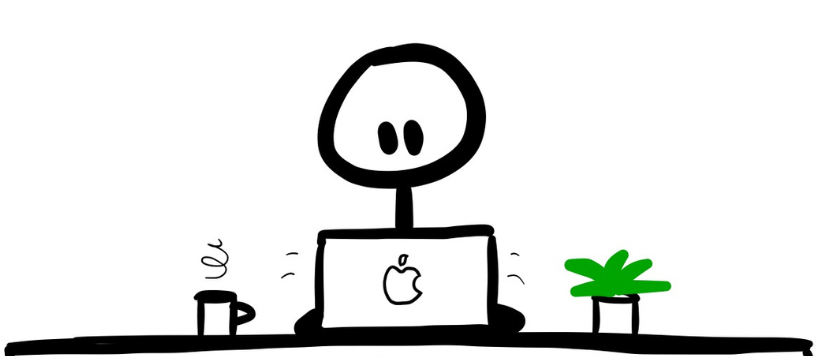
#13: Habits, The Mom test, and being useful
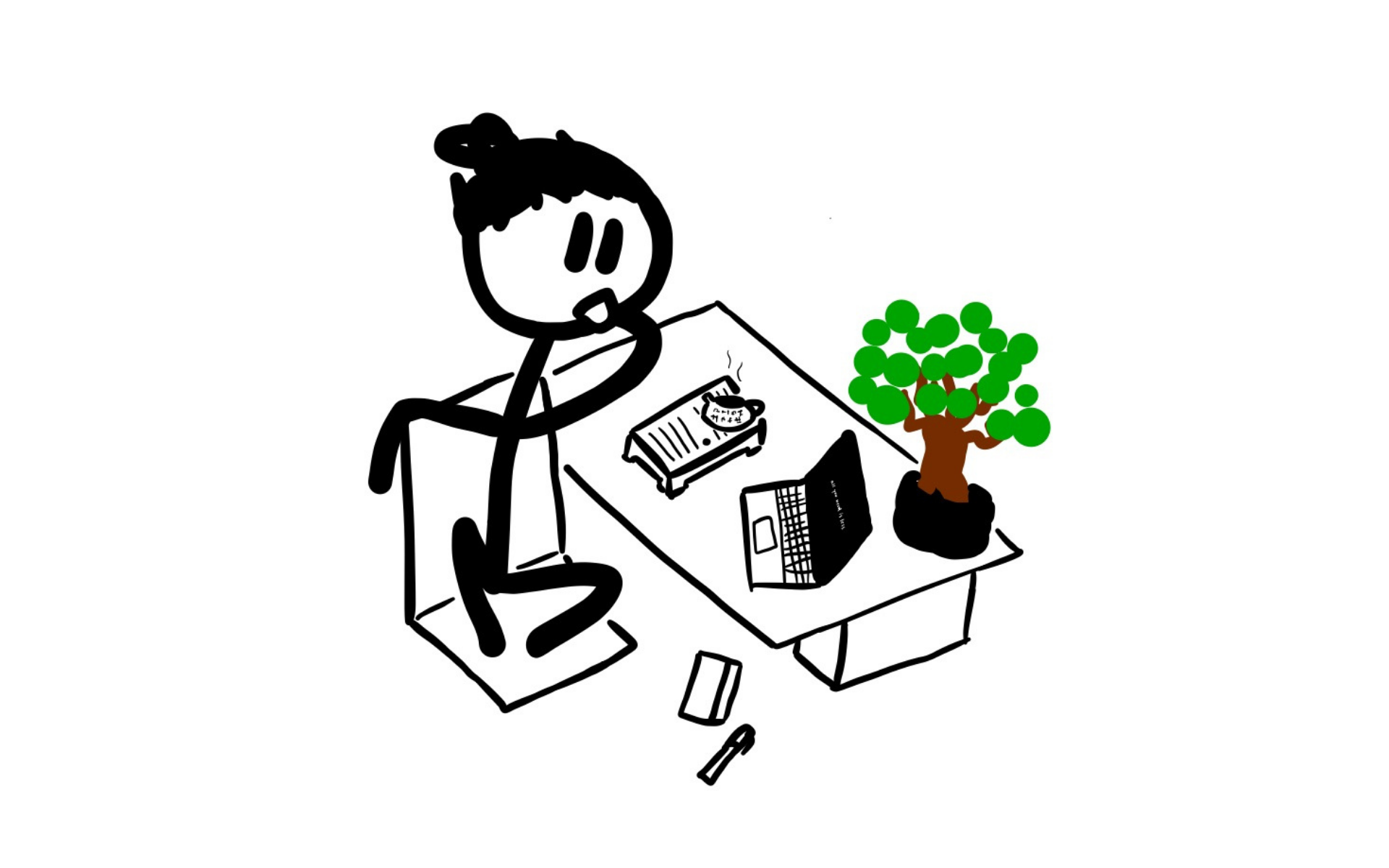
Hey there,
this week was mostly about rebuilding good habits, teaching students how to talk to customers who lie to them, and writing about usefulness.
Let’s get to it.
How to build new habits
The first week of starting a habit is the hardest for me because it’s not settled in my routine yet. Once it becomes automatic, it’s easy to keep doing it.
The key to success in building habits is knowing exactly WHAT is supposed to happen, WHEN, and WHERE. When I decide all this in advance, it’s more likely it will happen.
I will [BEHAVIOR] at [TIME] in [LOCATION].
In Atomic Habits, James Clear calls this the implementation intention. And the easiest way to use it in your life is to piggyback new habits on those you already have.
After [CURRENT HABIT] I will [NEW HABIT].
For example, I already do the same sequence of actions every morning. It goes something like this:
- Wake up
- Bathroom
- Make coffee/tea
- Meditate «
- Write Morning Pages
- Start working
I used this and inserted meditation between making tea and journaling. This way, I know exactly when it’s supposed to happen and it does. Once I walk into my studio with tea in hand, I sit down and meditate. No decisions are needed. Works like a charm.
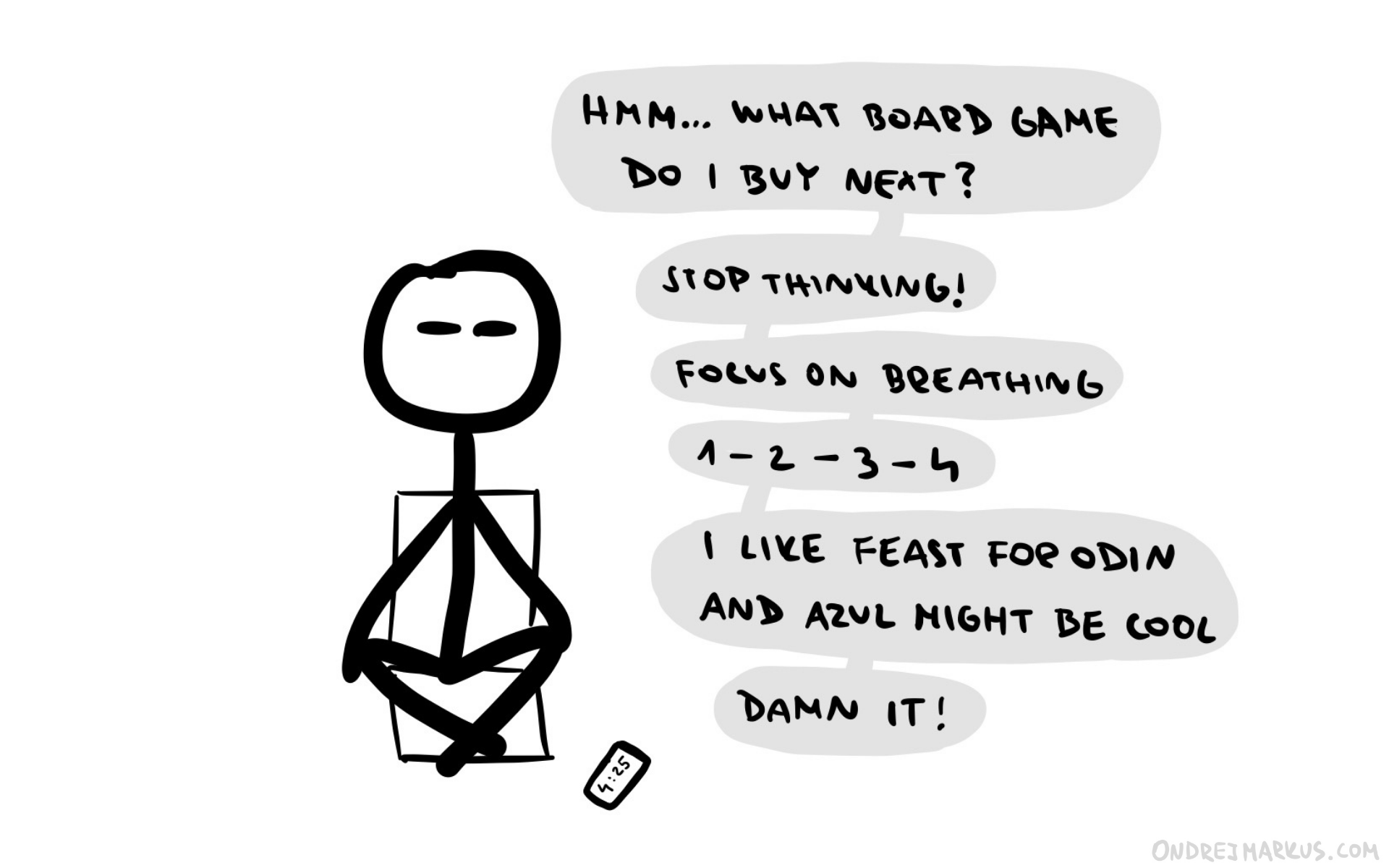
“Meditating”
Also, I make new habits easier to do than I could. That’s why I meditate only for 5 minutes. The first few weeks are mainly about making the habit stick to my life, not the performance itself. I will do 10 and then 20 minutes once the habit sticks.
How to test your ideas when everyone is lying to you
I co-run an entrepreneurship seminar (CZ) at the Charles University in Prague, and we had our first workshop of this semester last Wednesday.
Our students are first-time entrepreneurs working on their own ideas for business. We work with them in a combination of workshops and mastermind groups.
In workshops, we show them the basic tools of how to design new products and services. And mastermind sessions are about showing their ideas to people, helping each other, and making progress faster.
The main topic of this week was how to talk to potential customers to figure out if their idea is good.
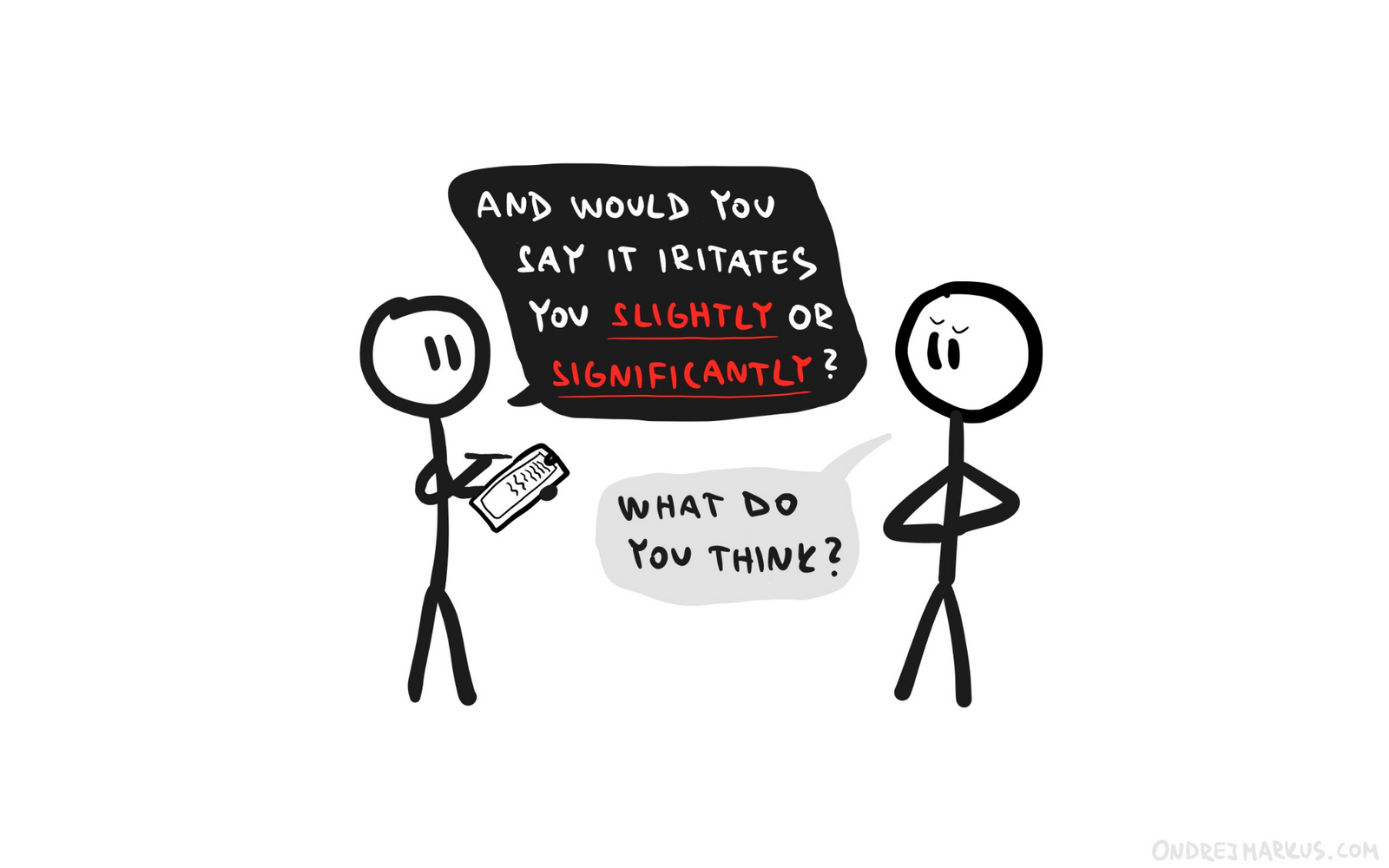
Asking good questions is hard.
To answer this for them, I mostly borrowed from The Mom Test – a great little book about customer interviews.
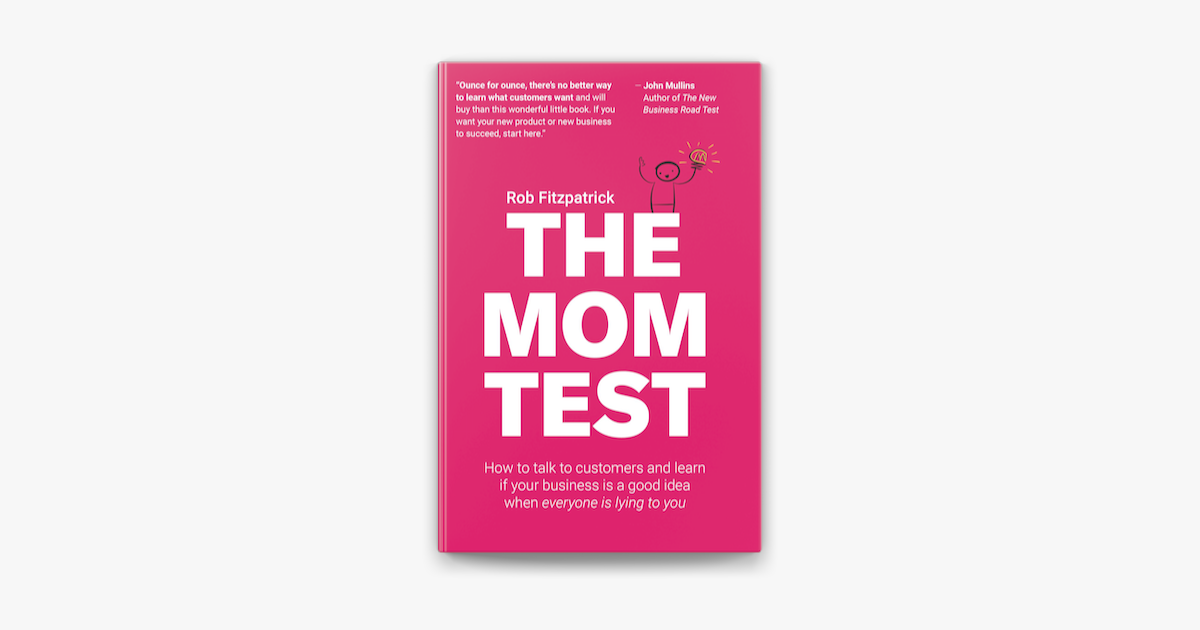
The Mom Test
In summary, the rules for doing good customer interviews are this:
- Talk about their life instead of your idea
- Ask about specifics in the past instead of generics or opinions about the future
- Talk less and listen more
If you’re trying to get your ideas off the ground, I fully recommend reading this book. It’s very good and short. My favorite combo.
How to be as useful as you can
I finished one article this week: How to be as useful as you can.
It’s my point of view on how to make the most positive difference in the world without losing your mind.
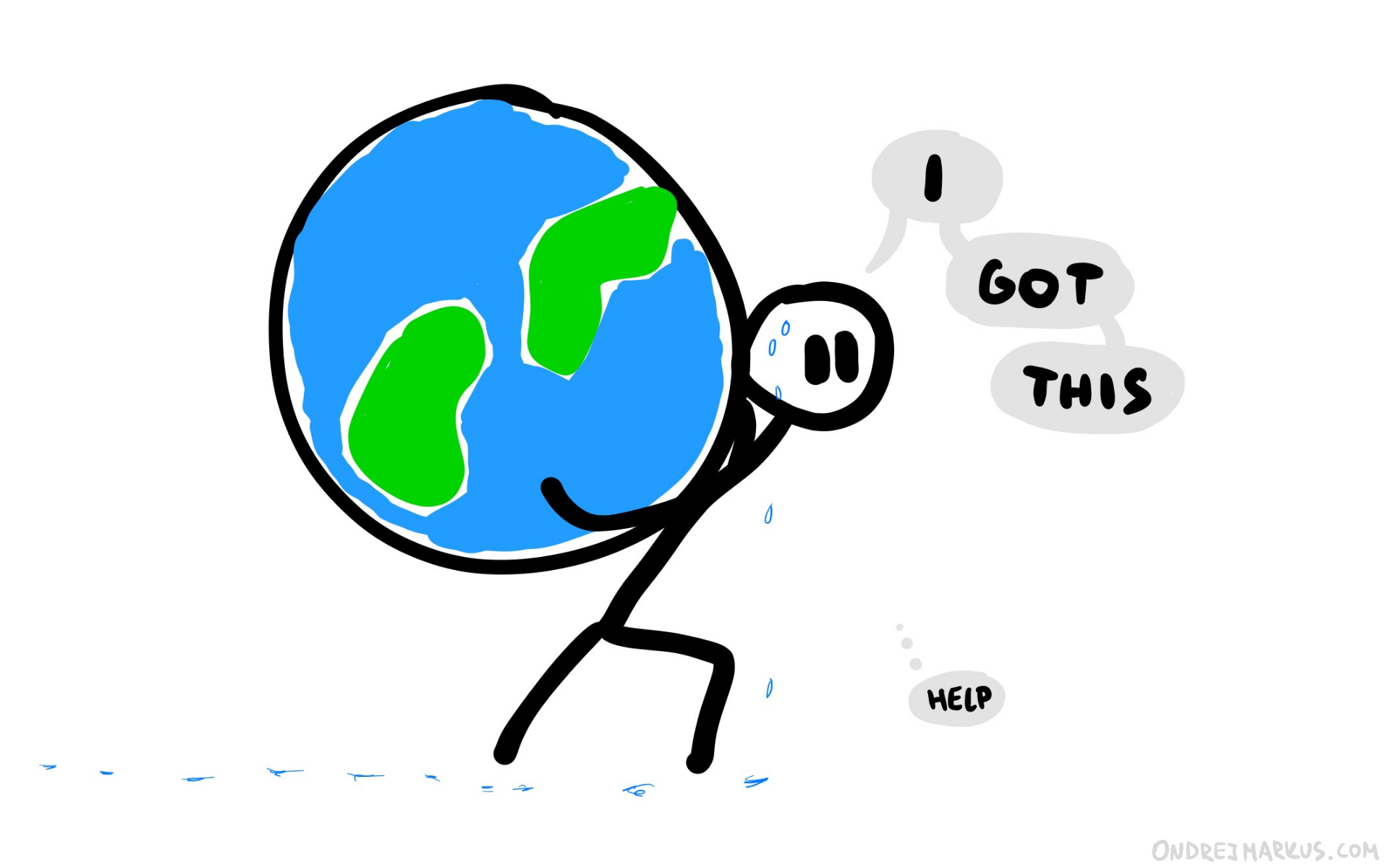
Let me know what you think.
That’s it.
One more thing: You can now read all my older reflections here. Plus they no longer appear among other articles. It was a pain to set up, but it works. Yay!
Have a good one.
Byye.